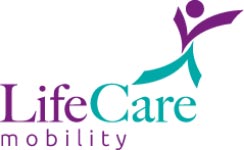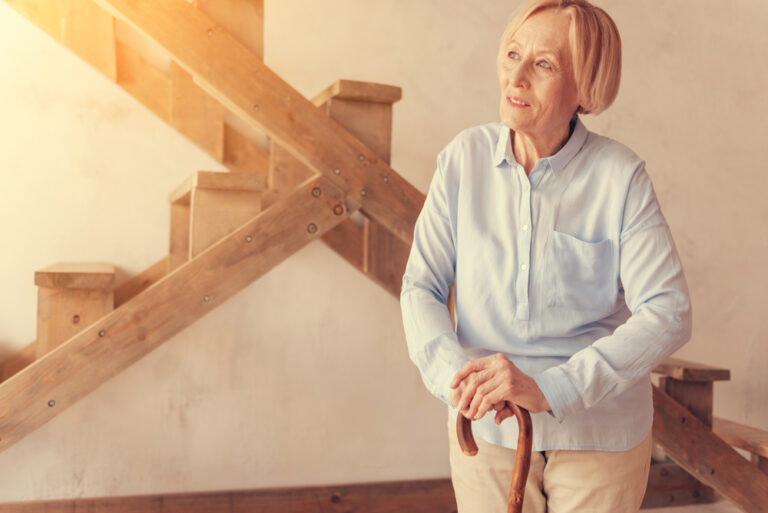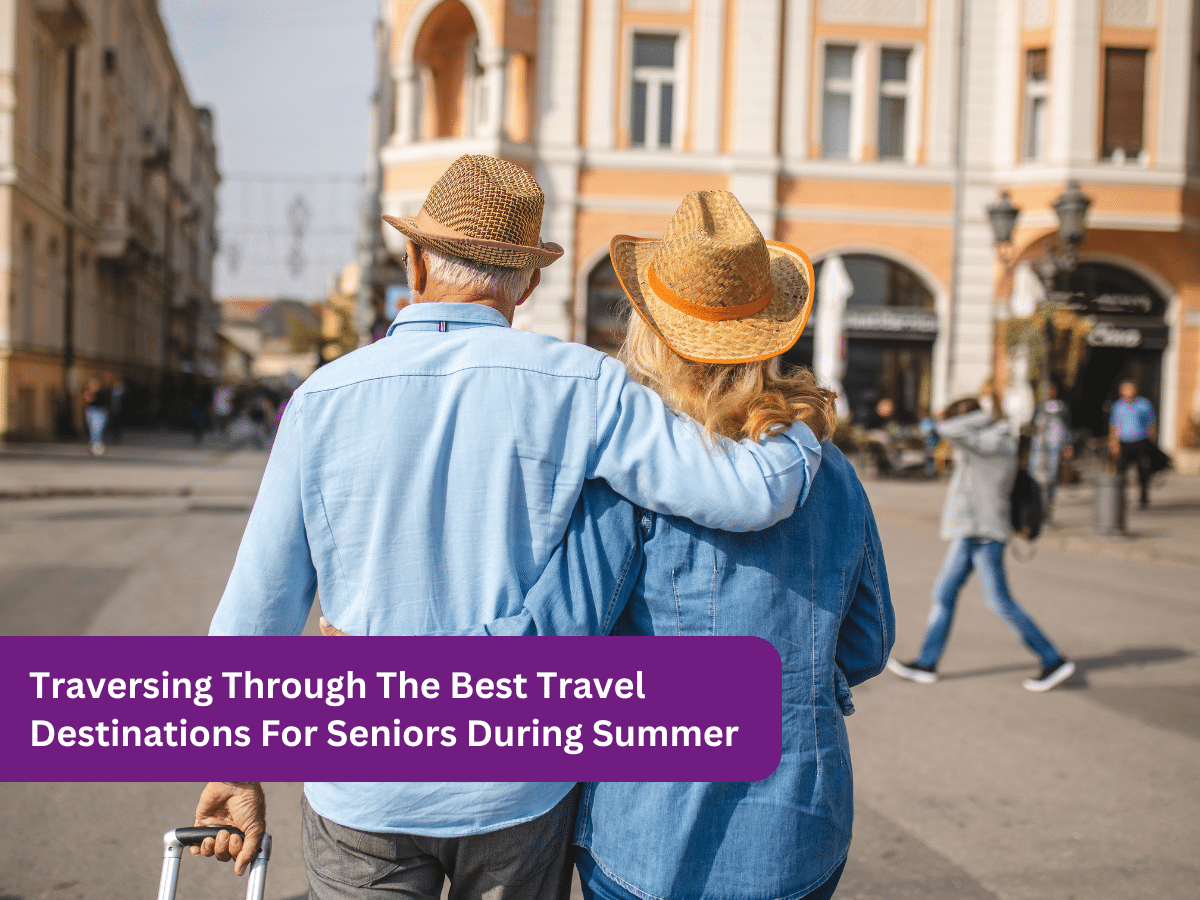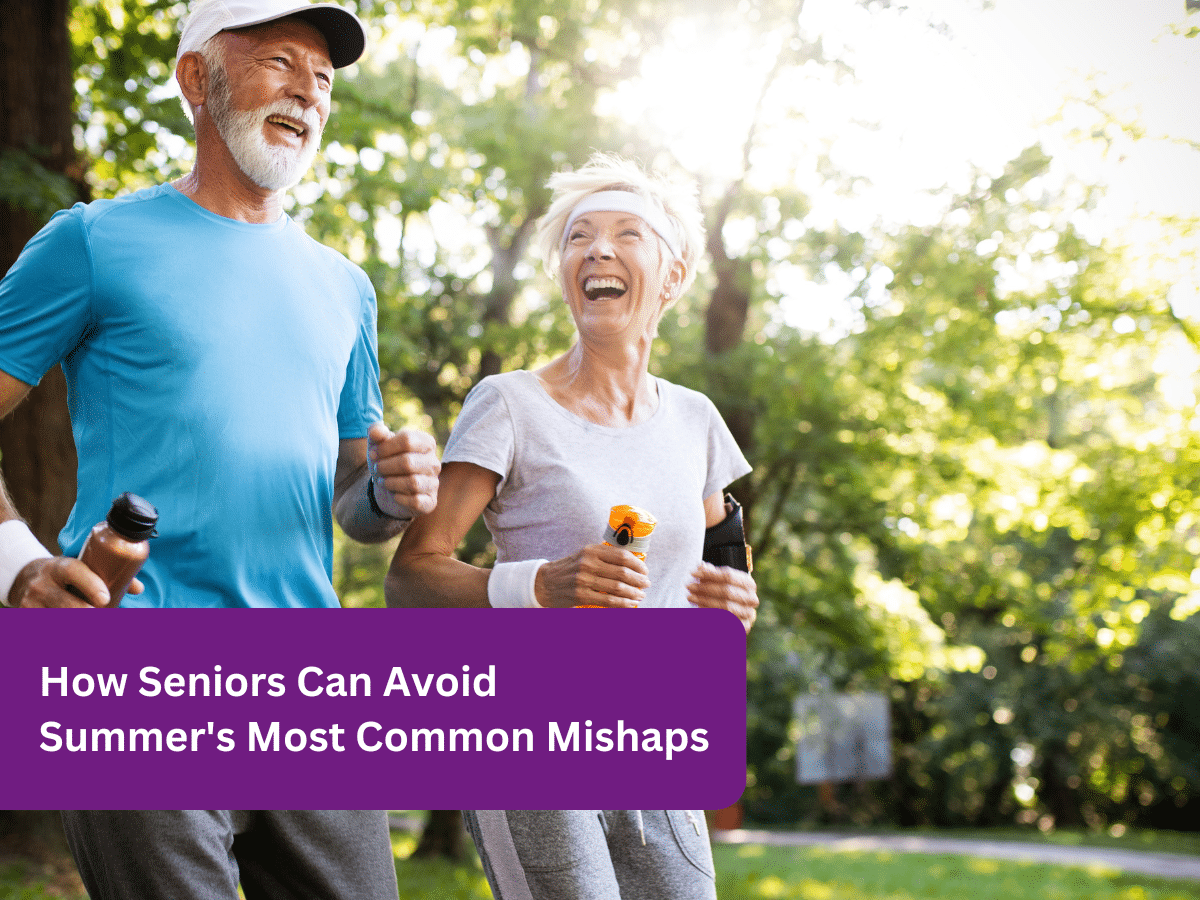It will likely come as no surprise to you that falls are the number one reason for injury-related deaths, hospitalizations and emergency department visits for older adults in Canada. We are all well aware that, with age, our strength and balance diminishes. As a result, navigating staircases is clearly made a lot more difficult in our later years. If you live with an elderly loved one, stair safety should be among your household’s top priorities.
Make the lights shine bright.
It’s much harder to trip and fall over an object if you can clearly see it in front of you. This is why excellent illumination is a key factor in keeping staircases safe places. For seniors, vision impairments are commonplace. By keeping your stairs well-lit, it will help for the older adults in your home to see each and every step more clearly. Naturally, this prevents dangerous falls.
“If your steps are outside, consider fitting an outdoor floodlight,” suggests the U.K.’s HR Fibreglass, “You could even use a timer so that as soon as the sun fades, you can be confident your steps will still be clearly visible. And don’t be fooled into thinking steps inside will be sufficiently lit. Many indoor staircases are located in dimly lit areas, so any additional light you can shed on the situation will enhance safety.”
Remove any and all tripping hazards.
This tip may sound like a no-brainer. However, for many people, leaving household objects on the stairwell is a common practice. It may not necessarily be done on purpose. However, over the course of several days, household members may forget their shoes, books, toys and other objects on the stairs. Of course, these present tripping hazards. No staircase should ever be used as a storage space. It’s vital that homes where seniors live are free of any staircase debris.
“Rugs should never be placed close to a staircase, as they increase the risk of tripping and falling,” informs Elder.org, “Check stairs and steps for any potential dangers, such as items of furniture nearby that could cause your loved one to trip or stumble. Ideally, the route to a staircase should be clear, well lit and uncluttered.”
Improve the tread on the steps.
Some staircases have slippery steps. The slicker the surfaces are, the higher the risk of falling. However, even carpeted staircases can present tripping hazards. If the rug isn’t firmly affixed to the step and bunches up, it can cause an older adult to trip. HR Fibreglass highly recommends reducing the threat of a slip or trip on stairs by improving underfoot grip with GRP (Glass Reinforced Polyester) step covers.
“Old worn steps can be given a new lease of life by placing a GRP covering over the top, restoring their grip and safety and providing them with many more years of safe use,” reports their website, “Easily fitted to most surfaces – wood, metal, concrete etc – they come as a finished product ready to secure into place and can be walked on straight away!”
Install a stair lift.
A home stair lift is a motorized chair that slowly and safely glides up and down a set of stairs. It is affixed to a metal rail that is mounted to the stair treads. Stair lifts can be mounted on either straight or curved staircases. To learn all about the stair lifts offered by LifeCare Mobility Solutions, please don’t hesitate to call us at 416-267-9800 or email us at info@lifecaremobility.ca. You may also contact us by filling out the form on our Contact page!



